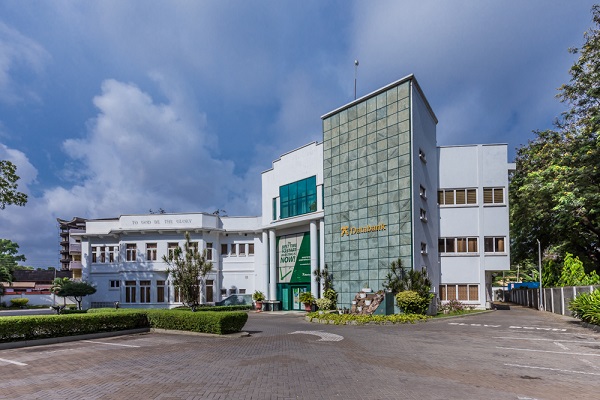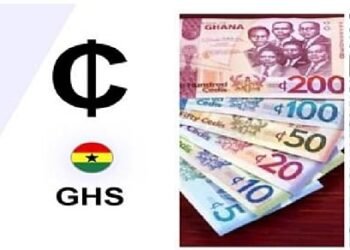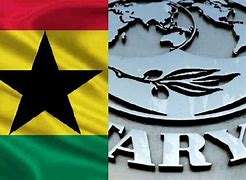As Ghana’s economy continues to circumnavigate post-tightening phase, Databank Research forecasts that the Bank of Ghana (BoG) will maintain its benchmark policy rate at 28% during the upcoming Monetary Policy Committee (MPC) meeting scheduled from May 21 to May 23, 2025.
The forecast comes amidst signs of cooling inflation and broader monetary adjustments aimed at consolidating price stability.
Databank Research anticipates that the central bank will adopt a cautious, wait-and-see approach as it evaluates the effects of previous rate hikes on inflation and economic activity. The MPC had in March 2025 raised the policy rate by 100 basis points to 28.0%, citing the need to anchor inflation expectations amid persistent price pressures.
“The Monetary Policy Committee is likely to maintain a neutral stance in the near term to gauge the lagged impact of prior tightening,” Databank noted in its latest economic brief. The firm explained that any decision to alter the policy rate will depend largely on how inflation continues to evolve in the coming months.
Disinflation Signals Encouraging Outlook
According to Databank’s projection, inflation is on a steady disinflation path and is expected to settle between 17% and 19% by mid-2025. This trajectory is supported by favourable base effects and relative price stability in key sectors.
“Barring internal or external shocks, our projections suggest a steady disinflation path, likely settling between 17–19% by mid-year on base effects and stable prices,” the report stated.
This projected decline in inflation could pave the way for some monetary easing later in the year. “This should allow for a measured easing of 100–200bps [basis points] by late July 2025,” Databank indicated.
A gradual drop in interest rates, should it materialize, is expected to improve credit access for businesses. With 91-day Treasury bill yields continuing to influence the Ghana Reference Rate (GRR), Databank sees an opportunity for improved borrowing conditions for the private sector in the second half of the year.
“As 91-day yields continue to anchor the Ghana Reference Rate (GRR), we expect a gradual improvement in private sector credit, reinforcing prospects for rate cuts in 2H’25 [second-half year of 2025].”
Databank
The improvement in lending conditions could provide much-needed relief to small and medium-sized enterprises (SMEs), which have faced steep financing costs in recent years due to high inflation and tight monetary policy.
BoG Eyes Inflation Anchoring Before Easing
The Bank of Ghana has made it clear that any future easing of monetary policy will be contingent on sustained progress in anchoring inflation. After the March rate hike, the central bank reiterated its commitment to restoring price stability before considering any loosening of the policy stance.
“As inflation becomes firmly anchored, the Committee will reassess the scope for a gradual easing in the policy stance,” the BoG said in its post-MPC statement in March.
This cautious messaging aligns with Databank’s outlook, reinforcing the view that the MPC is unlikely to rush into policy easing without clear evidence that inflation is under control.
In addition to adjusting the policy rate, the Bank of Ghana has recently rolled out several complementary measures to strengthen liquidity management and enhance the transmission of monetary policy across the banking sector.
These include the introduction of a 273-day bill as part of its sterilization toolkit and enhanced surveillance of banks’ foreign currency exposures.
“To augment the existing sterilization toolkit, the Bank introduced a 273-day instrument, intensified the monitoring of banks’ Net Open Positions (NOPs) to ensure compliance, and reviewed the current structure of the Cash Reserve Ratio (CRR) to assess its broader impact on liquidity conditions and financial intermediation in the economy.”
Databank
These moves are aimed at improving liquidity in the system and ensuring that monetary policy adjustments effectively influence lending rates, inflation, and overall economic activity.
As the May 2025 MPC meeting approaches, market participants and economic analysts will closely watch inflation data and key economic indicators for clues on the central bank’s next move. With both the BoG and Databank emphasizing inflation anchoring as a prerequisite for easing, the coming months will be critical in shaping the trajectory of interest rates.
For now, however, the consensus remains that the policy rate will hold steady at 28%, at least until clear signs of sustained disinflation emerge.
READ ALSO: Coltan War: Congo’s Mines And Global Tech























